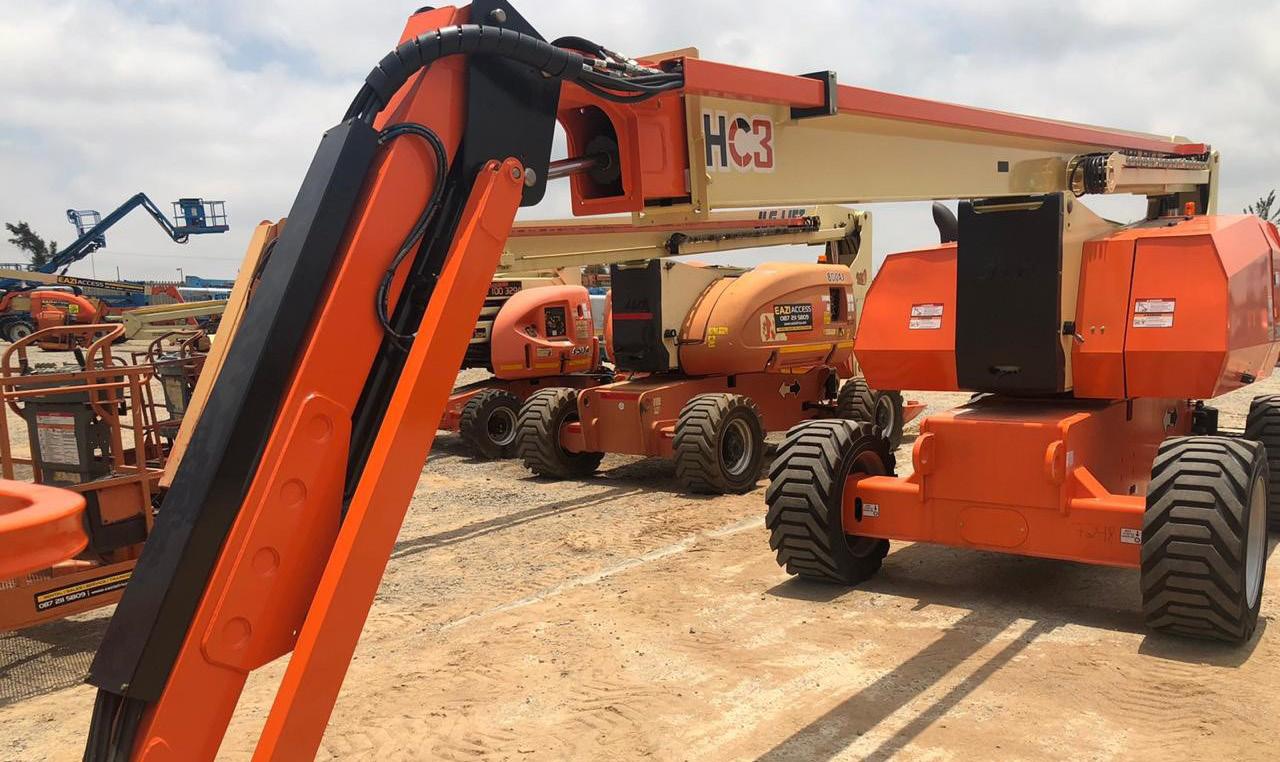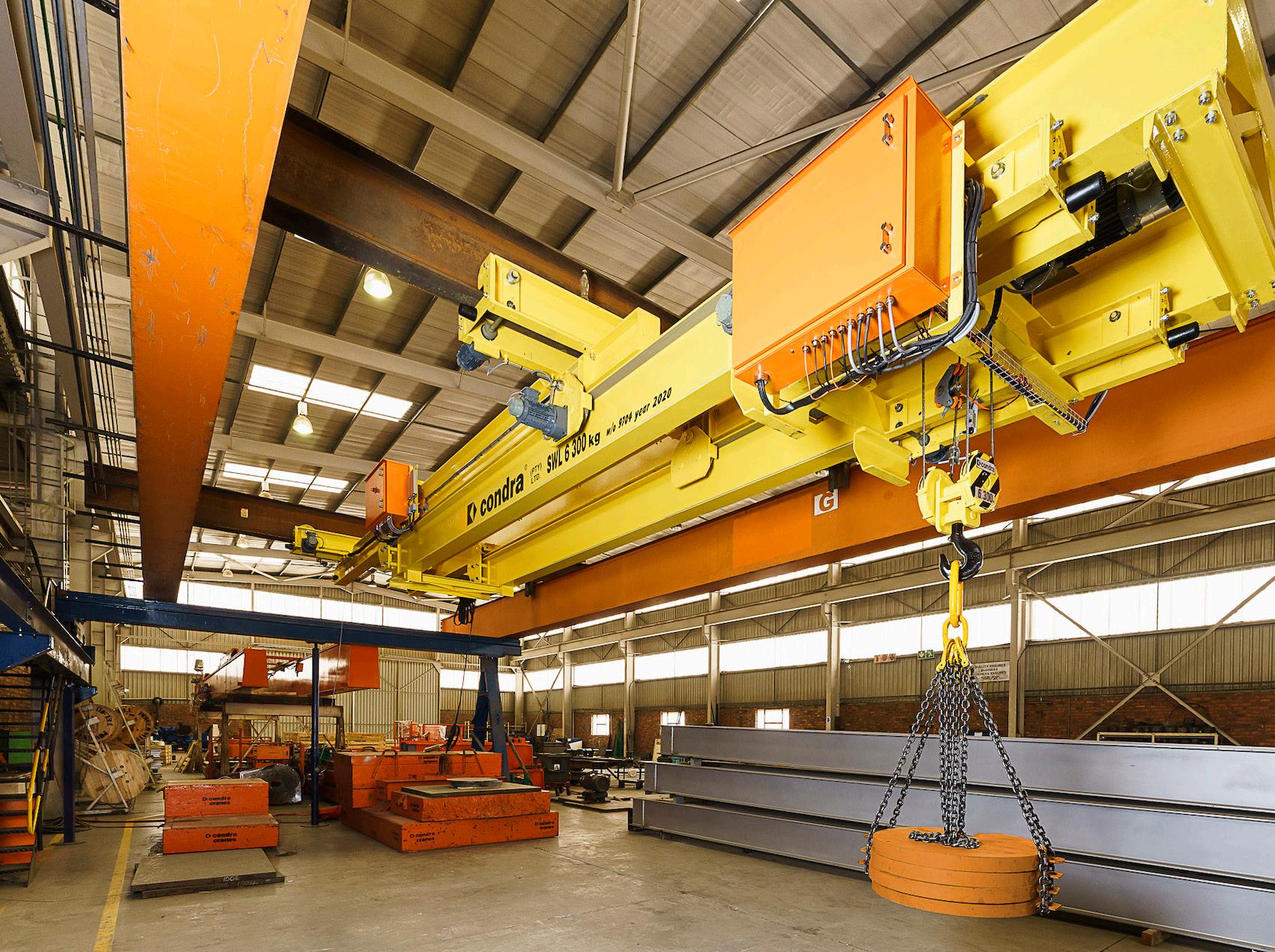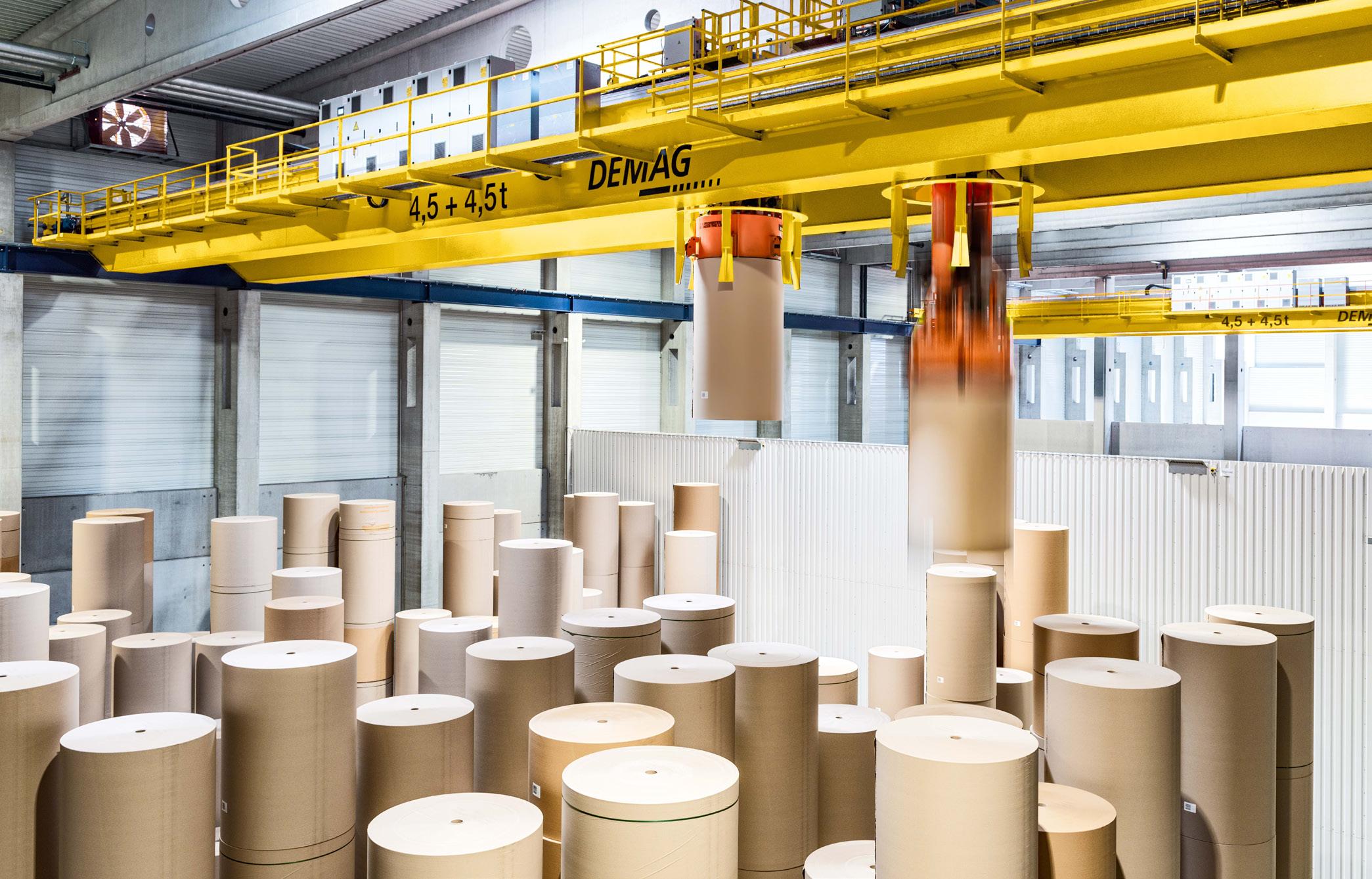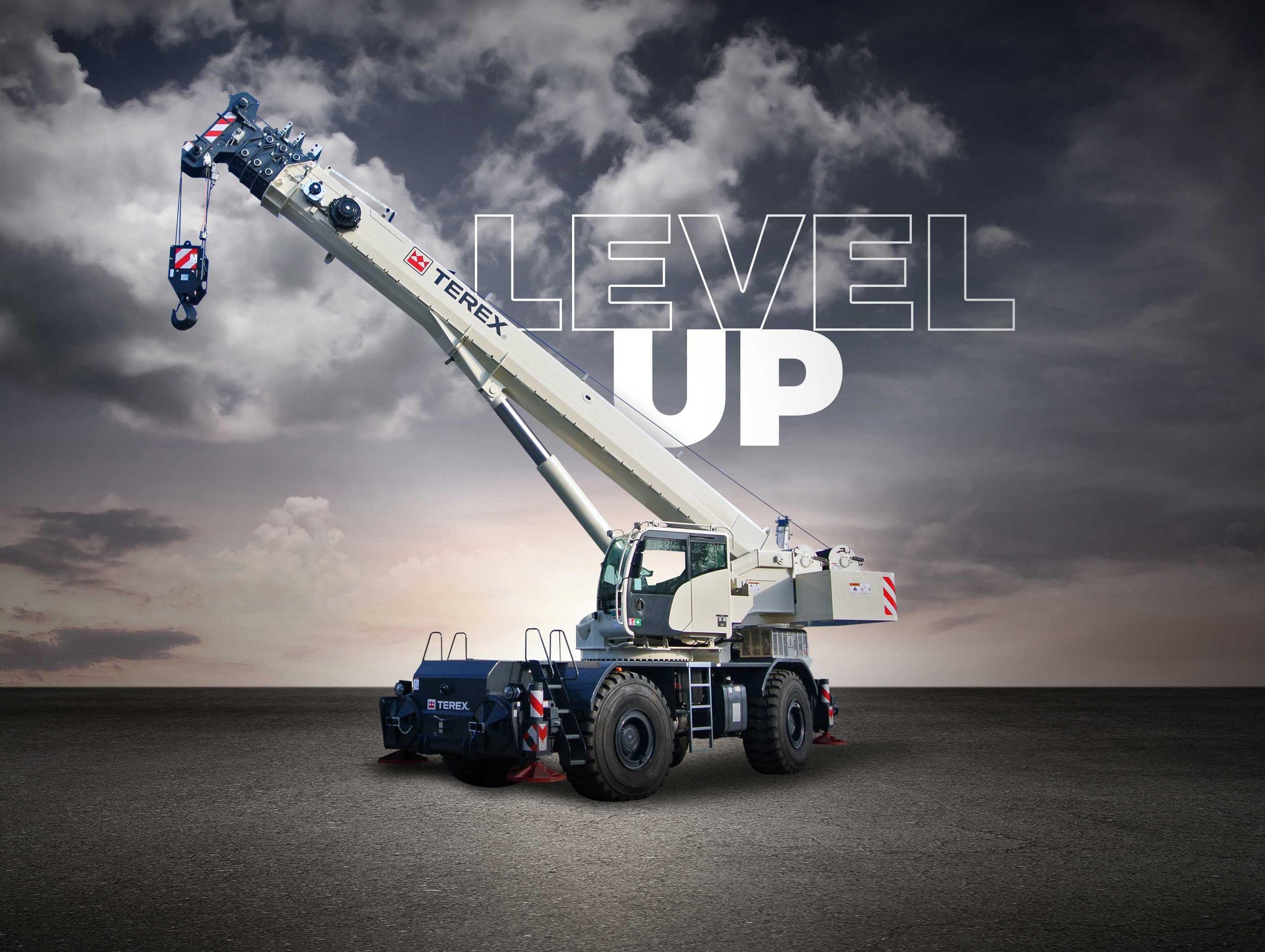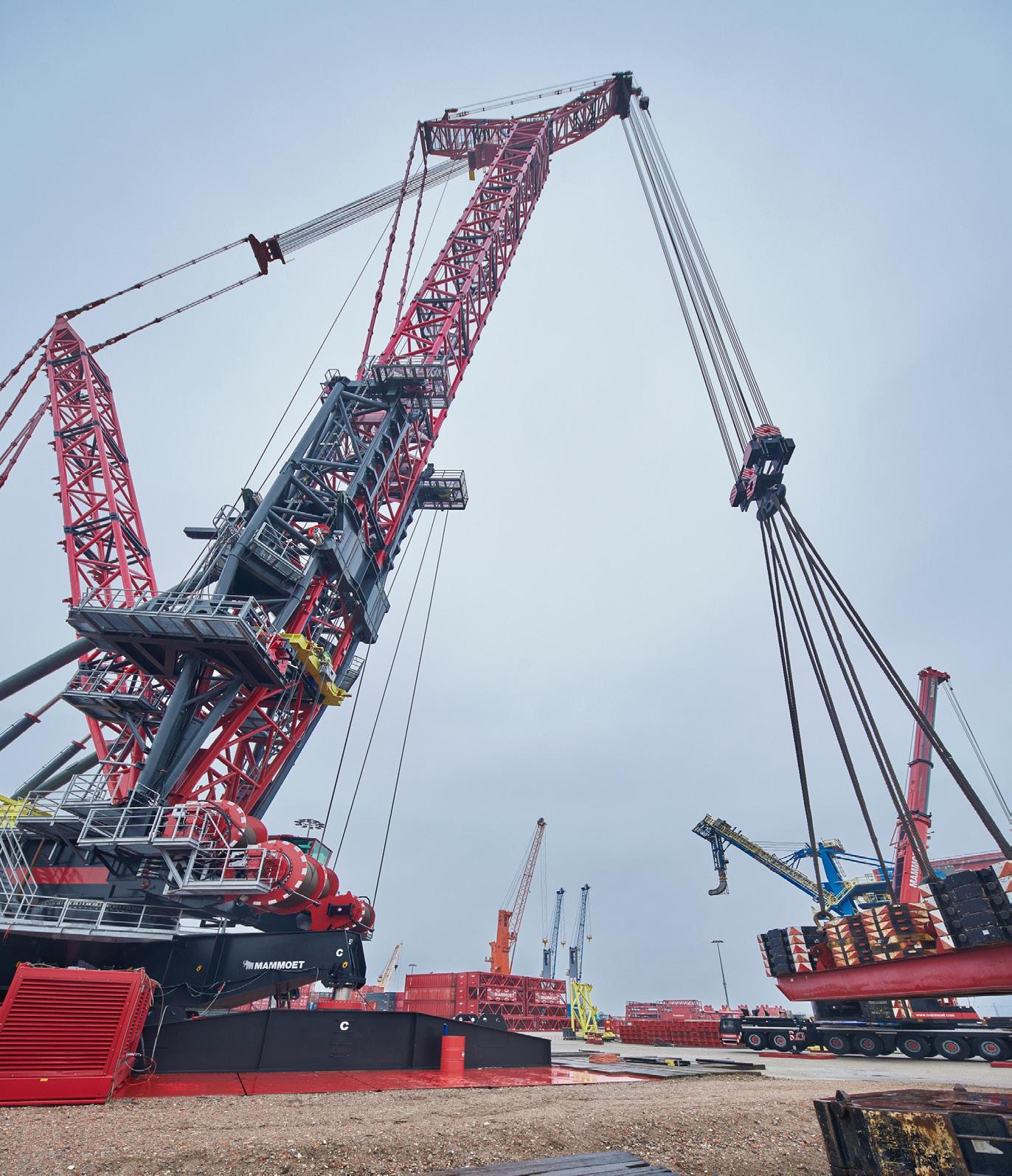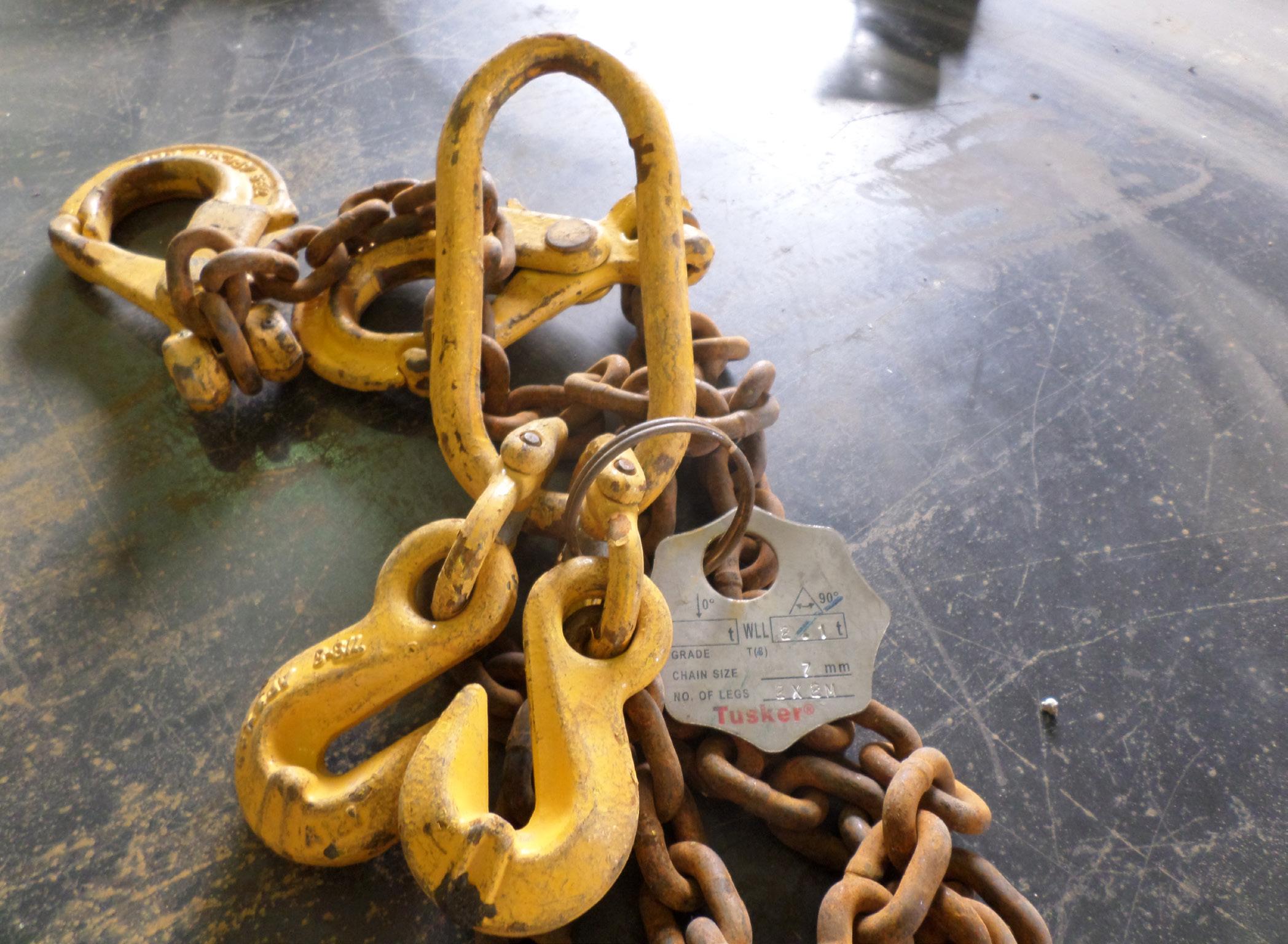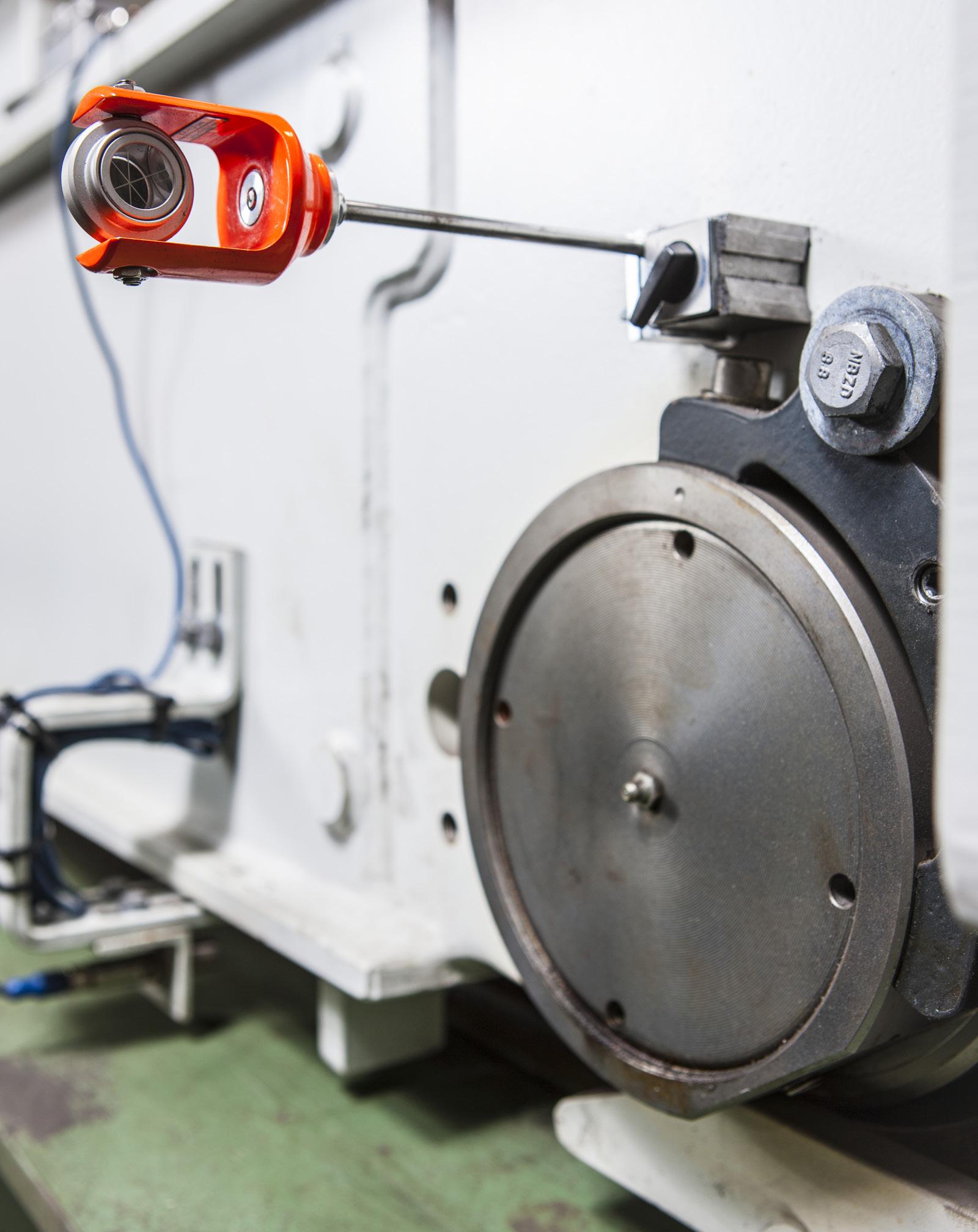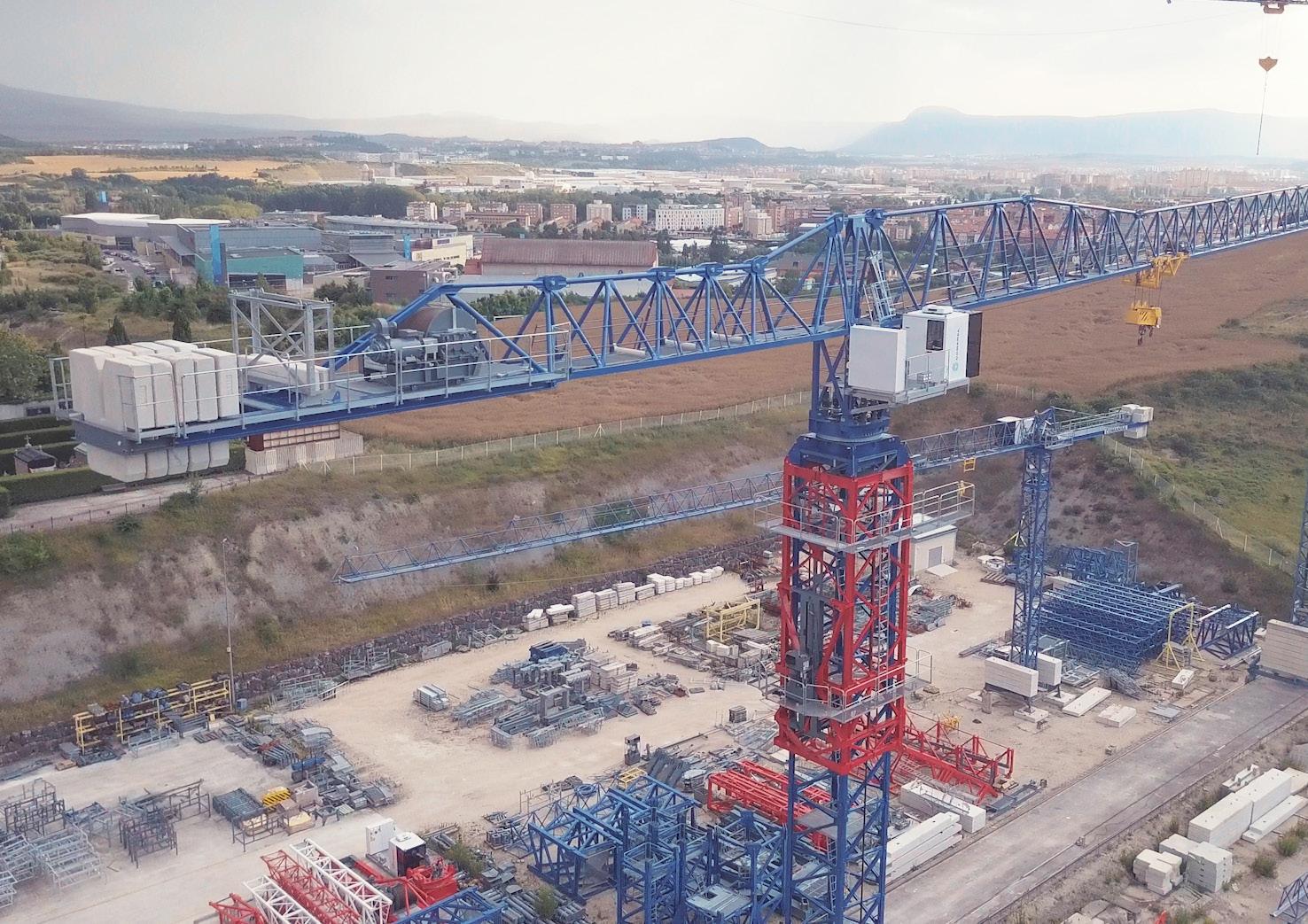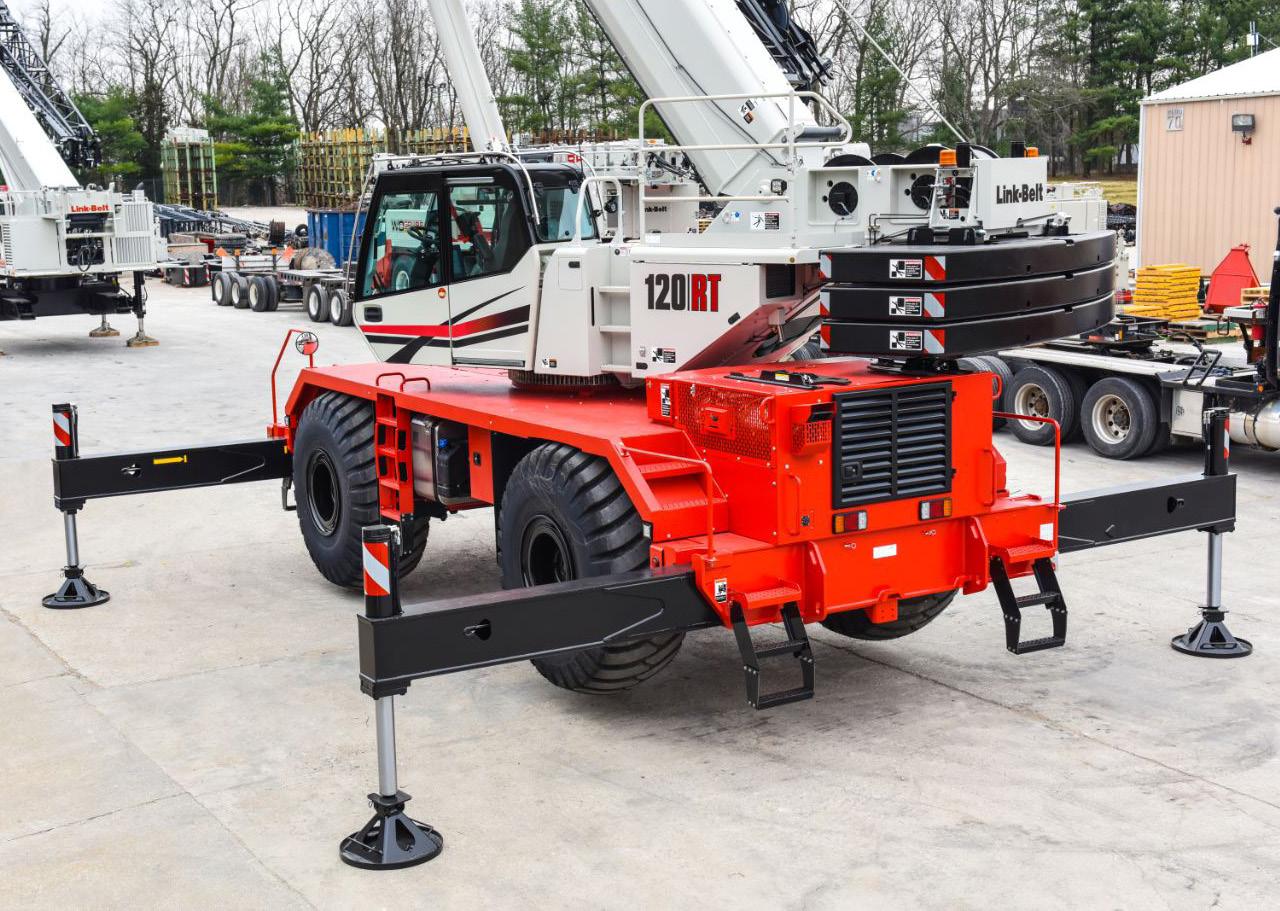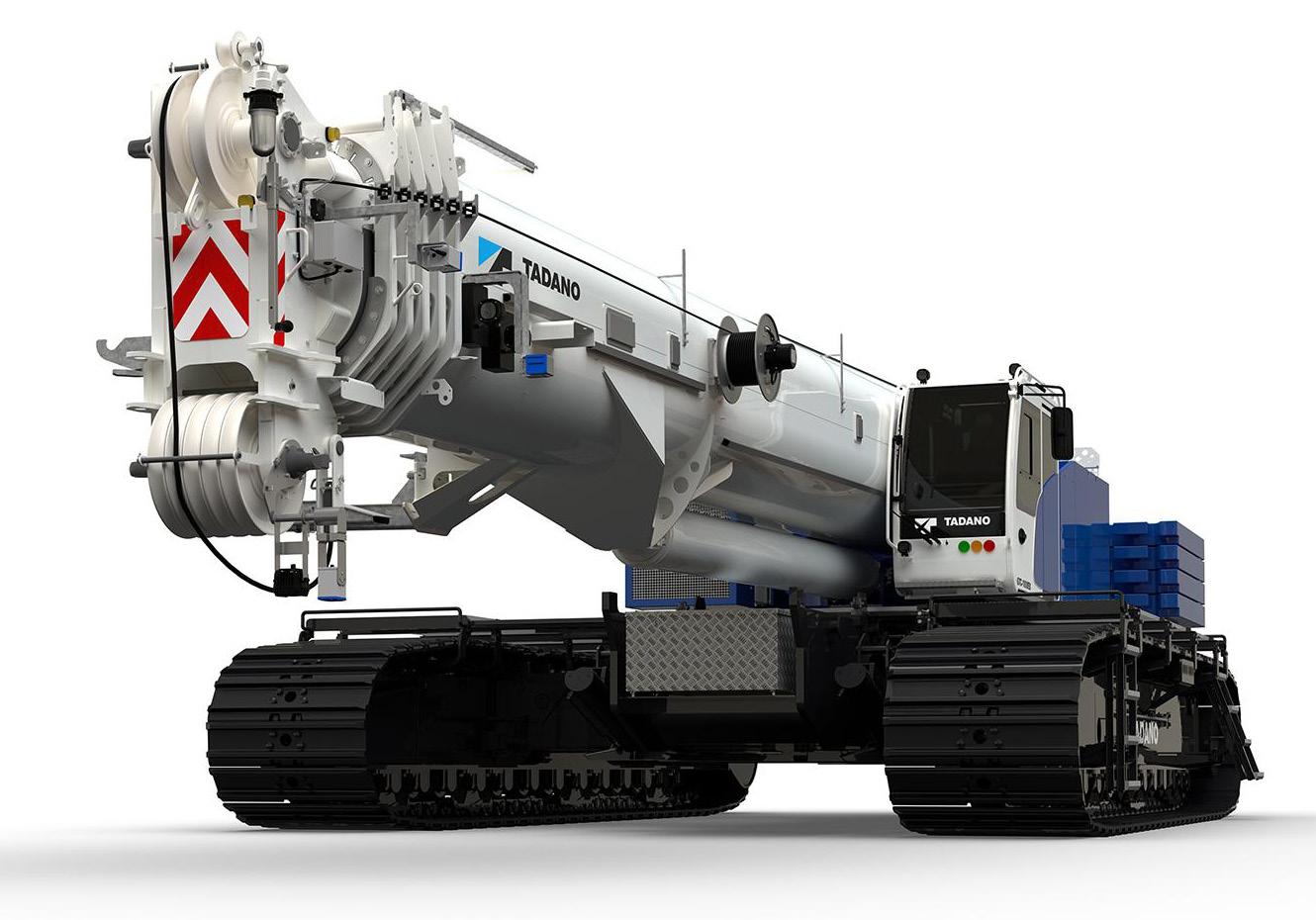PRODUCTS & SERVICES
Simulators have turned training in the lifting sector upside down
Savings. That is the probably the best reason why anyone should purchase a simulator for their business, says Brad Ball, Vice President of GlobalSim. Lifting Africa finds out more about the benefits and advantages simulators offer. “It reduces training time significantly,” he says. “What used to be taught in three months can now easily be done in nine or ten days at most.” Saving on time is only the first aspect of it. It also saves on fuel and maintenance costs. “It is self-explanatory that if you are not training on a live crane, it is not using fuel. The crane is also being used less and so therefore will require less maintenance.” One of the biggest savings of a simulator, however, is the fact that it does not impact on opera-tions. “Without a simulator training has to happen on a crane and that requires it to be removed from operations for the duration of the training. If one considers all of the savings – including that of tying up a crane for days on end that could be operations and calculate the return on invest-ment of purchasing a simulator, the saving costs are clearly seen, and it becomes the main rea-son why having a 30
Lifting Africa - Jan/Feb 2021
simulator makes sense.” Not only that a simulator can also be used for a variety of programmes and curricula within an organization. From training complete rookies to upgrading existing operators or just increasing the efficiency of novice operators, simulators introduce a safety aspect to operations as they actively play a role in reducing accidents. Now and then Simulators have come a long way since the early nineties when they were first introduced as projectorbased systems. “If one think of the massive advances made in mobile phone technol-ogy the past twenty years and what has been achieved, much the same has happened with sim-ulators.” In 2005 the world was using large dome simulators that required an entire room for the ma-chine. “The technology was good, but it was incredibly space consuming, cumbersome and ex-pensive.” Whilst these cranes to a certain extent replicated the feeling of operating a real crane – with users being elevated up to 15 feet in the
air – it was not a solution that was very user-friendly. “This technology was followed by the use of flat screen monitors – wide plasma screens that were also difficult to incorporate into a simulator as the displays all needed to have industrial strength and the computers beefed up.” According to Ball, the first virtual reality (VR) simulator was launched in 2016. “it is very excit-ing technology and has come about in a very short period of time. At least three different com-panies introduced VR simulators during that year. In 2019 there were about 40 companies de-livering VR solutions in the simulator-industry.” Uptake increasing Simulators have exploded onto the scene for a variety of reasons, says Ball. Not only has the technology finally caught up, but VR has been a game-changer. Used extensively in the gaming industry for some time the technology has successfully been transferred to use in simulators. “Training a crane operator is quite different from just playing


